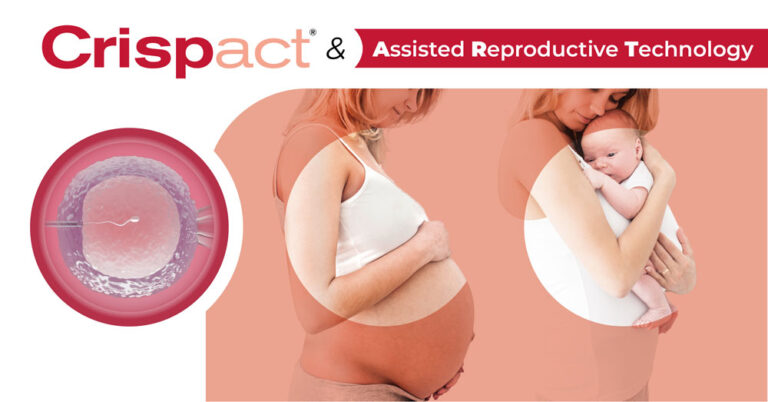
Exploring Crispact®: A Probiotic Perspective on Enhancing Assisted Reproductive Techniques
The rise in infertility rates has prompted the growth of ART procedures. A recent study assesses the potential role of Crispact® with Lactobacillus crispatus M247 in enhancing the success of ART for 160 infertile women undergoing various procedures.
Results in treated women show a 36% increase in positive pregnancy tests, 88% in D5 embryo transfers, and 67% more live births compared to the control group. These promising outcomes undoubtedly open up dialogue on Crispact®‘s role in fertility treatments.
Navigating Infertility's Challenges
Infertility rates have undergone a noticeable increase in recent years, affecting 1 in 6 individuals and casting a pervasive impact on couples worldwide. In response to this challenge, the use of Assisted Reproductive Technology (ART) procedures, including in vitro fertilization (IVF), has witnessed significant growth.
While these techniques provide hope for many couples grappling with infertility, the emotional, physical, and financial burdens they impose shape a complex and often arduous journey. Adding to the complexity is the stark reality—there are no guarantees in the pursuit of conceiving and safeguarding a pregnancy.
In this scenario, any support holding the promise of enhancing the success of these procedures, facilitating the journey toward pregnancy and live births, is not only desirable but warmly welcomed.
Crispact® and ART: Study Features and Objectives
The study, titled “Effect of L. crispatus M247 administration on pregnancy outcomes in women undergoing IVF“ represents a meticulously conducted exploration. A cohort of 160 infertile women, undergoing various ART techniques, was divided into two groups. One group received hormonal therapy alone, while the other received hormonal therapy combined with Crispact® (1 stick/day for 3 months), starting concurrently with ovarian synchronization therapy.
The primary objective of the study was to evaluate the role of Crispact® in promoting pregnancy in women undergoing ART. Specific endpoints included assessing the impact of this specific probiotic on the number of positive pregnancy tests (β-hCG ≥ 50 IU/L 10 days after embryo transfer) and the number of live births.
Crispact® and ART: Results and Considerations
The study’s outcomes unveiled noteworthy findings.
Women treated with Crispact®, compared to women in the control group, exhibited:
- a significant 36% increase in positive pregnancy tests;
- a remarkable 88% increase in positive pregnancy tests among those undergoing D5 embryo transfer;
- a substantial 67% increase in the number of live births.
These results are impressive and could start an important conversation about how the Crispact® probiotic, with Lactobacillus crispatus M247, might play a role in fertility treatments. This highlights the importance of ongoing discussions in the medical community and more research to explore the idea of including a precise probiotic tool in ART plans for dealing with the challenges of infertility treatment.
